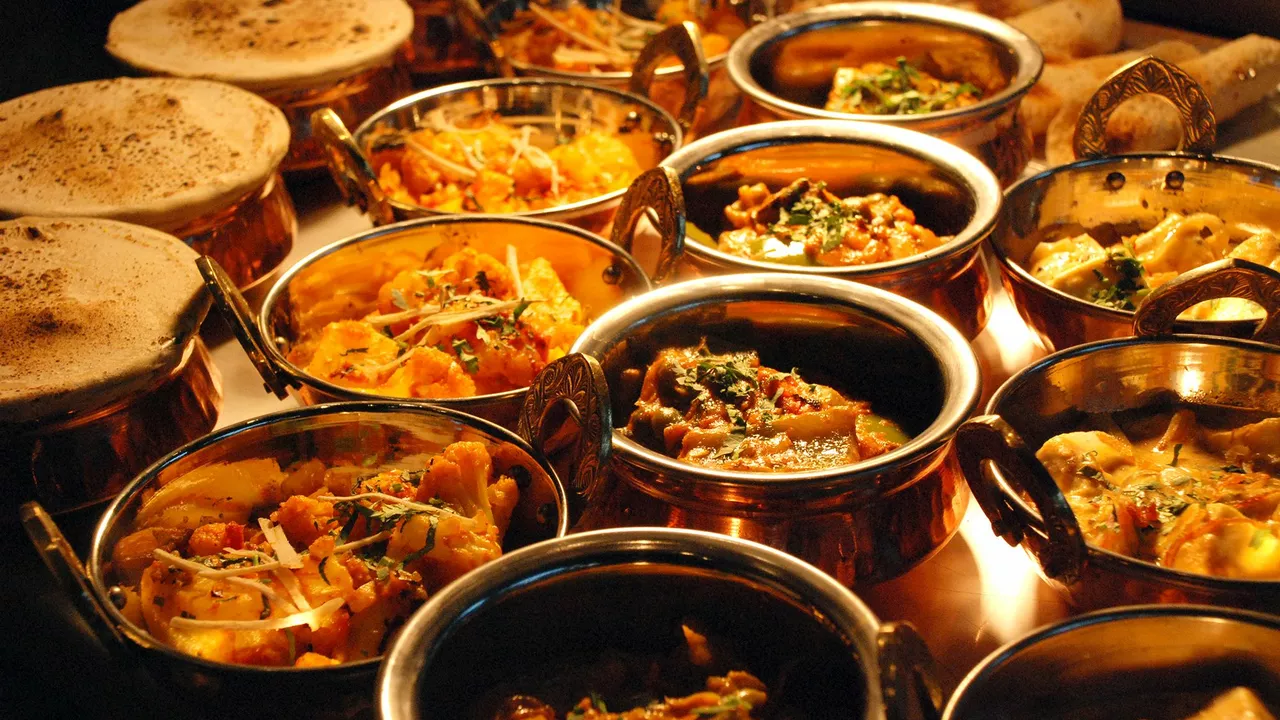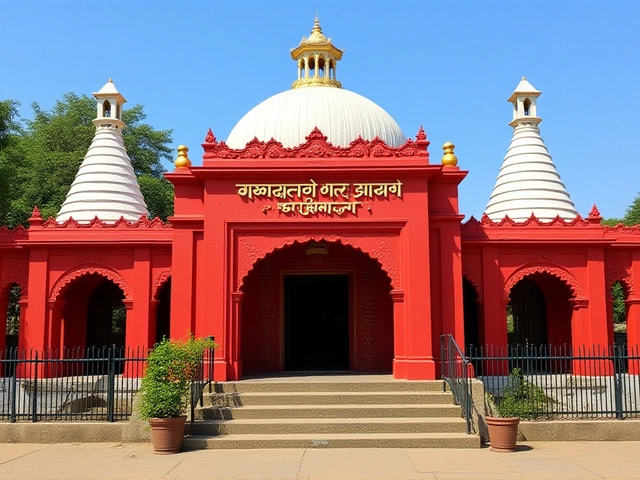Indian Food: Flavors, Recipes & Must‑Try Dishes
India isn’t just a country; it’s a kitchen that never stops cooking. Every state, every street corner, even a family’s backyard grill offers a different taste story. If you’ve ever wondered what makes Indian food so addictive, you’re in the right place. We’ll break down the basics, point you to a few go‑to recipes, and give you quick tips for cooking like a local.
What Sets Indian Food Apart?
The biggest secret is the spice blend. Indian cooks don’t just sprinkle pepper and salt – they build layers with cumin, coriander, turmeric, mustard seeds, and fresh chilies. Each spice brings a flavor, a color, and sometimes a health boost. The magic happens when they’re toasted in hot oil; that’s called “tempering” and it releases the aromatics that turn an ordinary dish into something unforgettable.
Another defining feature is the balance of taste. Sweet, sour, salty, bitter, and umami all appear in the same plate. Think of a classic chicken tikka masala: the creamy tomato base gives a subtle sweetness, the garam masala adds warmth, a splash of lemon juice cuts the richness, and a pinch of salt pulls everything together.
Must‑Try Dishes Across Regions
Biryani – A fragrant rice dish layered with spiced meat or vegetables, usually cooked with saffron and a handful of fried onions. North Indian biryani leans on rich, buttery flavors, while the South’s version is lighter and often includes coconut.
Butter Chicken – Tender chicken cooked in a silky tomato‑cream sauce. It’s famous for its mild heat, making it a safe starter for anyone new to Indian spices.
Dosa – A thin, crispy pancake made from fermented rice and lentil batter. Served with coconut chutney and spiced potato filling (masala dosa), it’s the breakfast staple in South India.
Chole Bhature – A hearty chickpea curry paired with fluffy, deep‑fried bread. It’s the perfect comfort food for a lazy weekend brunch.
Gulab Jamun – Sweet, syrup‑soaked dough balls that melt in your mouth. A quick finish after a spicy meal.
All these dishes share a simple principle: use fresh ingredients, respect spice timing, and don’t rush the cooking process.
Quick Home Recipes to Get Started
Here’s a 30‑minute recipe for Paneer Tikka that works even if you’ve never handled paneer before. Cut paneer into cubes, marinate with yogurt, red chili powder, turmeric, and a splash of lemon juice for 10 minutes. Skewer the cubes with bell peppers, then grill or pan‑fry until golden. Serve with mint chutney and you’ve got a snack that rivals street‑side stalls.
For a veggie‑friendly option, try a one‑pot Masoor Dal. Rinse red lentils, toss them in a pot with water, chopped tomatoes, ginger‑garlic paste, and a tempering of cumin seeds, dried red chilies, and asafoetida. Simmer until soft, then finish with fresh cilantro. It’s cheap, nutritious, and fills the house with that comforting “home‑cooked” aroma.
Want to impress guests? Whip up a quick Raita by mixing plain yogurt, grated cucumber, a pinch of roasted cumin powder, and chopped coriander. It cools down any hot dish and adds a creamy texture.
These recipes prove you don’t need a fancy kitchen or exotic ingredients to enjoy authentic Indian flavors.
Ready to explore more? Keep an eye on our tag page for articles on regional specialties, spice guides, and advanced cooking techniques. Indian food is a lifelong adventure – the more you taste, the deeper you fall in love.
Why is Indian food so famous?
Oh boy, where do I even start with this? Indian food has conquered hearts (and taste buds) globally, and it's not just because it's a culinary rollercoaster! The magic lies in the mind-boggling variety of flavors, colors, and textures. Now, let's not forget about those intoxicating aromas, they really know how to draw you into a feast! And lastly, the art of blending spices, it's like watching a spice wizard at work! So, in short, Indian food is the Beyoncé of all cuisines, it's that superstar that's got the world grooving to its beats!






